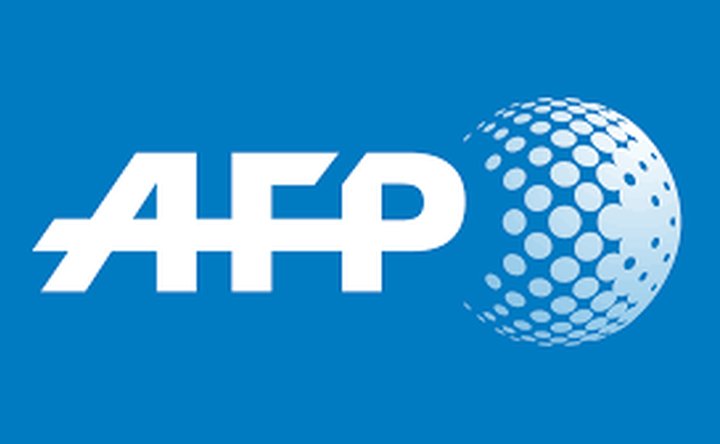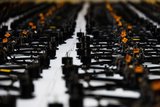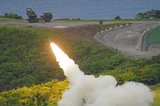Kosovo tests Serbia with vote to build an army
Kosovo will vote 14 December on whether to create its own army, in a heavily symbolic show of independence from Serbia that has inflamed tensions between the former wartime foes.
Since breaking away from Belgrade in a guerrilla war in the late 1990s, Kosovo has relied on NATO-led forces to guarantee its security.
But at the end of the week - dubbed 'Army week' by one Kosovo newspaper - Pristina lawmakers will vote on legislation to transform its own lightly-armed emergency response force, known as Kosovo Security Force (KSF), into a professional army.
The measure is widely expected to pass as it draws support from all political parties in ethnic Albanian-majority Kosovo, except for a minority of ethnic Serb MPs who have boycotted the sessions.
Last week Serbian Prime Minister Ana Brnabic said she 'hoped' Serbia would not need to use its army against Kosovo, though it is 'one of the options on the table.'
Serbian tabloids have warned of a possible new conflict, with the daily Informer stating 'War with Kosovo will start on December 15', the day after the army vote.
But analysts say it is more likely to remain a war of words. It will take up to a decade for the KSF to be combat-ready, according to officials.
Even then, its new 5,000 troops will be minnows compared to Serbia's 30,000-strong army in addition to fighter planes.
'A military response is not in the realm of reality,' Milan Karagaca, a Belgrade-based military analyst, told AFP.
'Neither they nor we have the means and capacities to wage war and the international community...would not allow it,' he said, adding that an attack on Kosovo would amount to attack on NATO.
Instead, the rhetoric on both sides are 'manoeuvres to secure better positions in future negotiations,' he said.
The army vote comes during a low point in relations between Kosovo and Serbia, who are under EU pressure to normalise ties if they want to join the bloc.
The army move is likely 'tied up with the current frustration (in Kosovo) about the recognition issue,' said James Ker-Lindsay, a Balkans expert at the London School of Economics.
'An army is seen as a symbol of statehood,' he said.
The commander of the current 2,500-strong KSF, which is trained for crisis response operations, said this week that the new army will be equipped with US weapons and vehicles.
More from Defence Notes
-
![How might European countries look to tackle drone incursions?]()
How might European countries look to tackle drone incursions?
Disruption of infrastructure in Europe, whether by cyberattack, physical damage to pipelines or uncrewed aerial vehicles flying over major airports, as has happened more recently, is on the rise. What is the most effective way of countering the aerial aspect of this not-so-open warfare?
-
![Taiwan approved for $11 billion weapon purchase from US]()
Taiwan approved for $11 billion weapon purchase from US
The US State Department’s approval of a multi-billion-dollar sale of weapons to Taiwan includes tactical mission networks equipment, uncrewed aerial systems, artillery rocket systems and self-propelled howitzers as well as anti-tank guided missiles.
-
![US National Security Strategy prioritises advanced military capabilities and national industry]()
US National Security Strategy prioritises advanced military capabilities and national industry
The 2025 NSS has emphasised investment in the US nuclear and air defence inventory and national industry, but it leaves multiple unanswered questions on how the White House will implement this approach.
-
![Canada set to look away from its neighbour and across the Atlantic for partners]()
Canada set to look away from its neighbour and across the Atlantic for partners
While non-EU UK struggles to join the Security Action for Europe initiative, which provides loans for defence programmes, Canada has become the first country outside Europe to get access – and did so for a nominal fee.
























